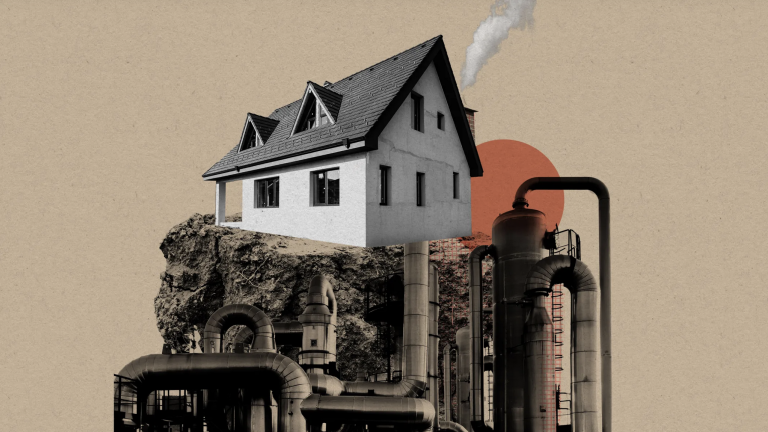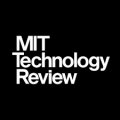
Thirteen US states are now implementing underground thermal energy networks to reduce buildings’ carbon emissions as part of a nationwide push to adopt cleaner energy sources.
Thermal energy networks use pipe loops that connect multiple buildings and provide heating and cooling through water-source heat pumps. Geothermal heat is commonly used in these networks, but it is also possible to bring in waste heat from other buildings through the sewer system.
When installed, these networks can provide efficient, fossil fuel-free heating and cooling to commercial and residential buildings. Thanks to legislative backing and widespread support from utility companies and labor unions they’re likely to become an increasingly significant part of the future energy mix in the US.




